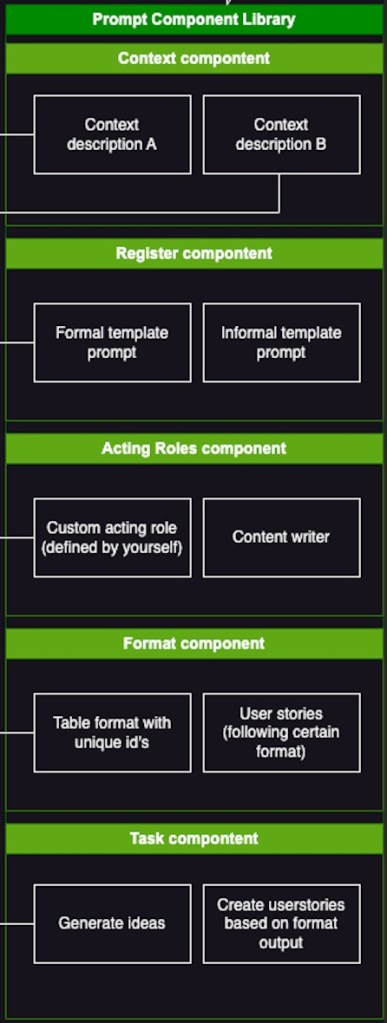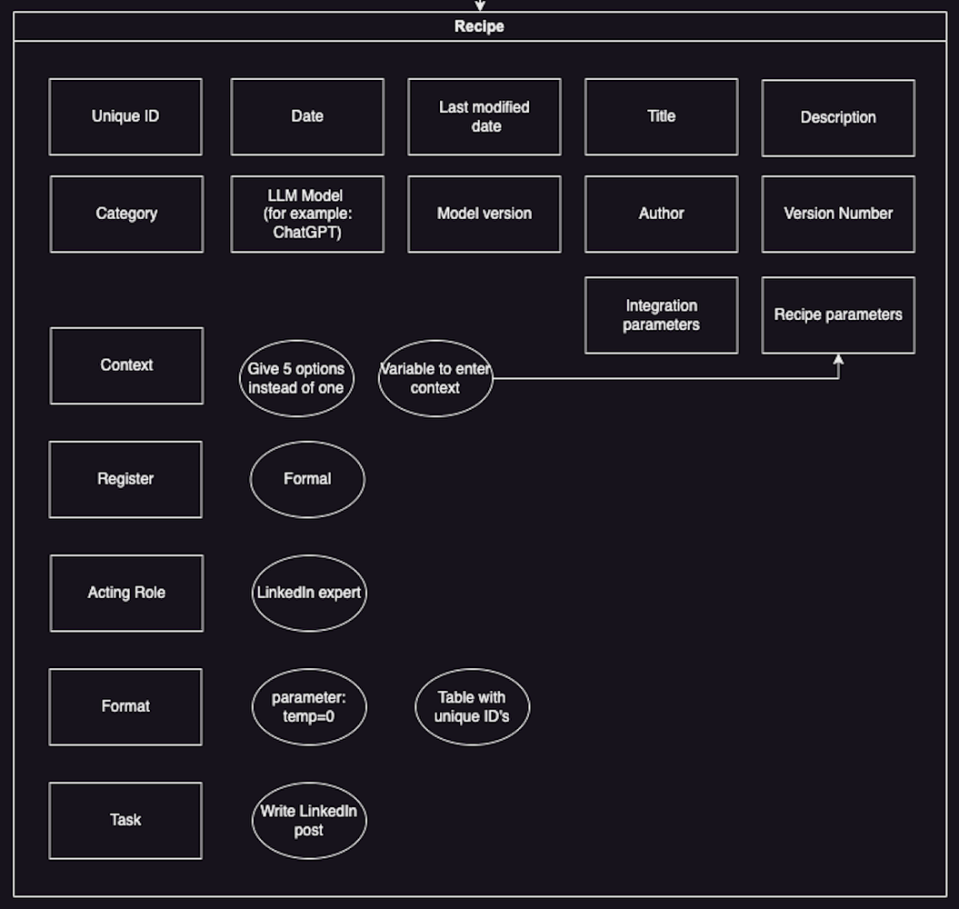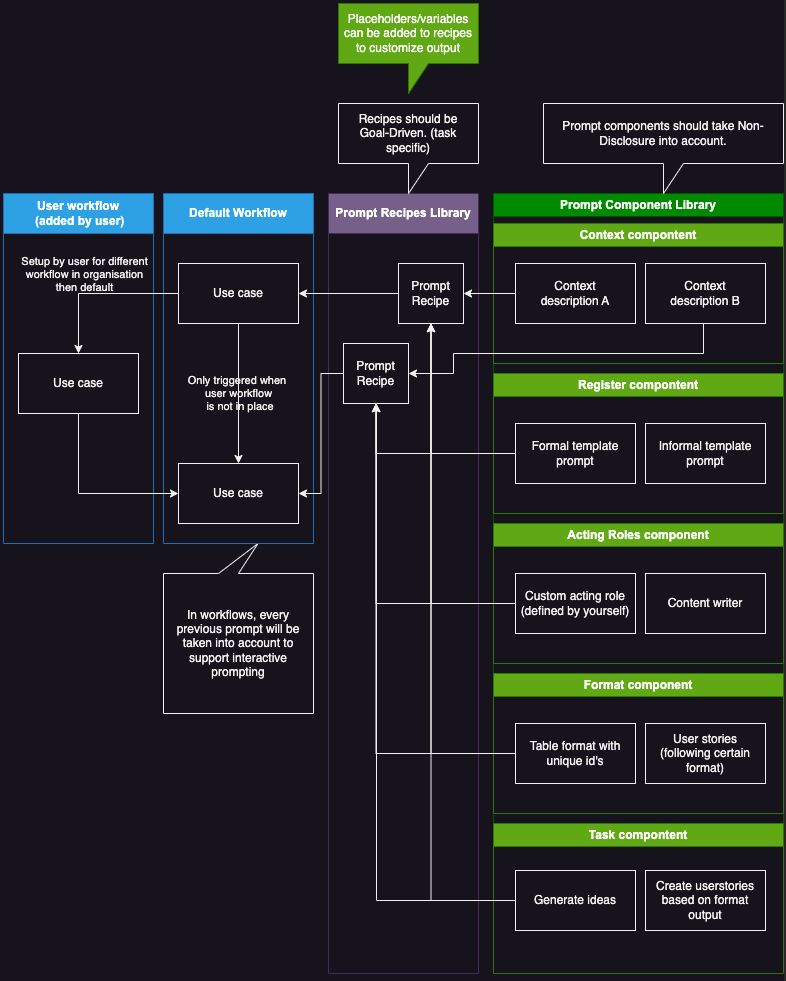The evolution of Generative AI and tools like ChatGPT has brought about new challenges and opportunities in prompt engineering. A key development in this area is the concept of Prompt Libraries, Components, and Recipes, offering a structured approach to creating and managing prompts. This blog explores how these elements contribute to sustainable and efficient prompt engineering.
Prompt Libraries: The Foundation
Prompt Libraries serve as databases of prompts, allowing users to easily access, search, and utilize a wide range of prompts. These libraries are fundamental in organizing prompts and making them readily available for various applications. However, the challenge with most Prompt Libraries is their sustainability and maintainability, especially as prompts become more complex and lengthy.
The Limitations of Traditional Prompt Libraries
Traditional Prompt Libraries tend to become unwieldy as they grow, especially when prompts are not standardized or when they lack flexibility to adapt to different use cases. This lack of sustainability and maintainability can lead to inefficiencies and difficulties in finding the most appropriate prompt for a given situation.
Introducing Prompt Component Libraries
To address these challenges, the concept of a Prompt Component Library is proposed. Instead of storing complete prompts, this approach focuses on cataloging components of prompts, based on the Crafting AI Prompts Framework. These components can then be reused and combined in various ways to create new prompts, much like building blocks.
Prompt Components: Building Blocks for Effective Prompts
Prompt Components are the individual elements that make up a prompt, such as specific formats, writing styles, or acting roles. By treating these components as reusable blocks, users can assemble them to create custom prompts tailored to specific needs. This approach enhances the flexibility and scalability of prompt crafting.

Crafting Prompt Recipes
Prompt Recipes involve combining different components from the Prompt Component Library to create specific prompts. These recipes can be tailored to suit various applications, ensuring that prompts are both effective and efficient. The recipes can include details like the intended use case, the AI model they were tested on, and any specific parameters or variables that need to be inputted.

Benefits of a Component-Based Approach
This component-based approach offers several advantages:
Efficiency: By reusing components, users can quickly assemble prompts without starting from scratch each time.
Customization: Users can mix and match components to create prompts that are perfectly suited to their specific requirements. Perhaps in the future by drag/drop components in recipes.
Scalability: As new components are added to the library, the range of possible prompts expands, accommodating a wider range of use cases.

Conclusion
The integration of Prompt Libraries, Components, and Recipes represents a significant step forward in prompt engineering. This approach offers a more sustainable, maintainable, and scalable way to manage prompts, especially as the complexity and variety of AI applications continue to grow. By embracing this structured approach, users can harness the full potential of AI tools like ChatGPT, enhancing their productivity and the effectiveness of their AI-driven tasks.

 English | EN
English | EN 